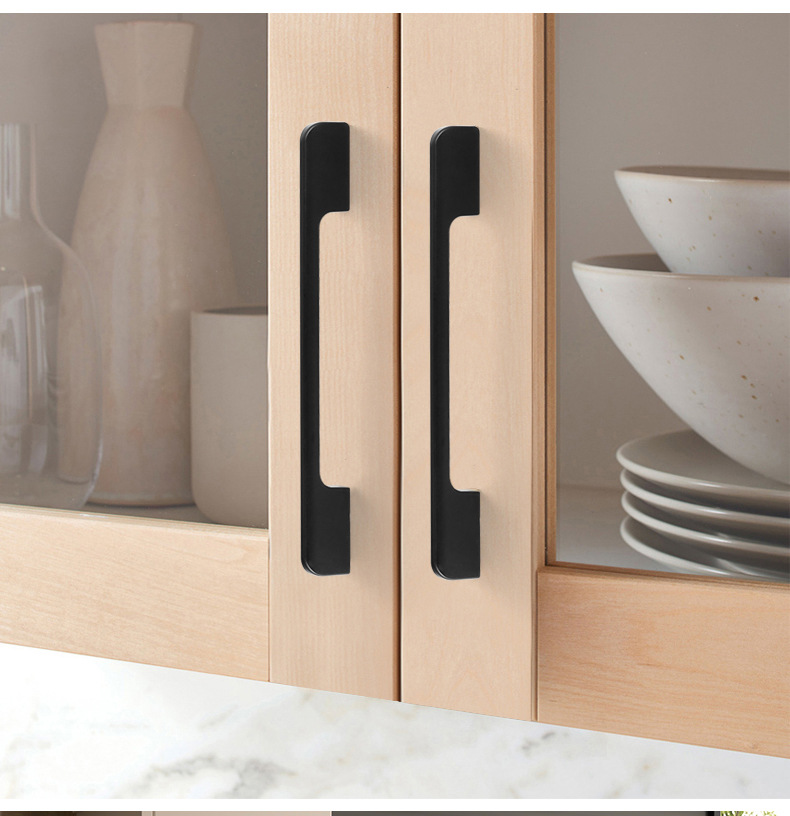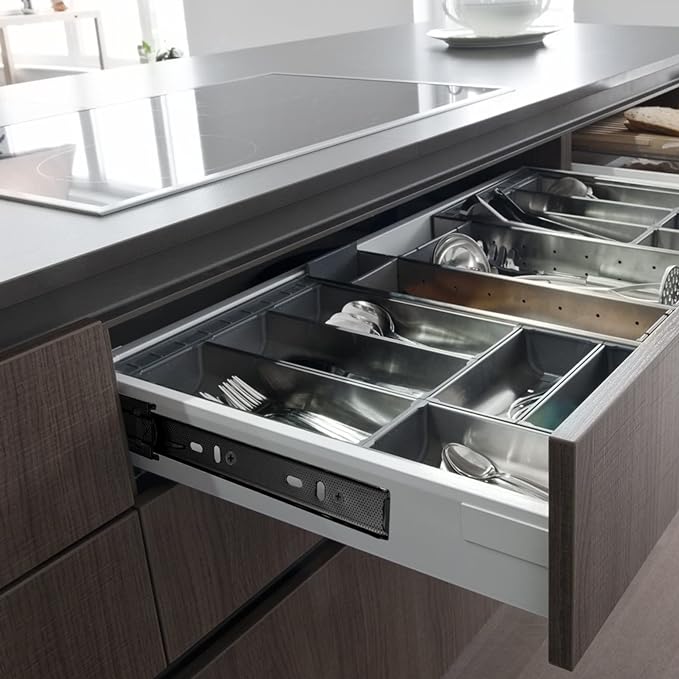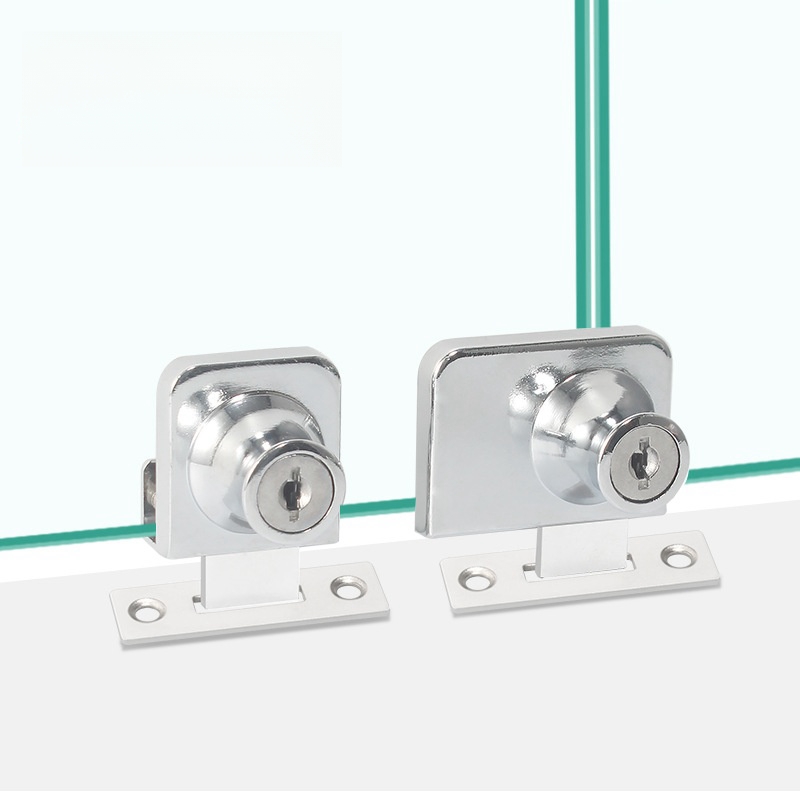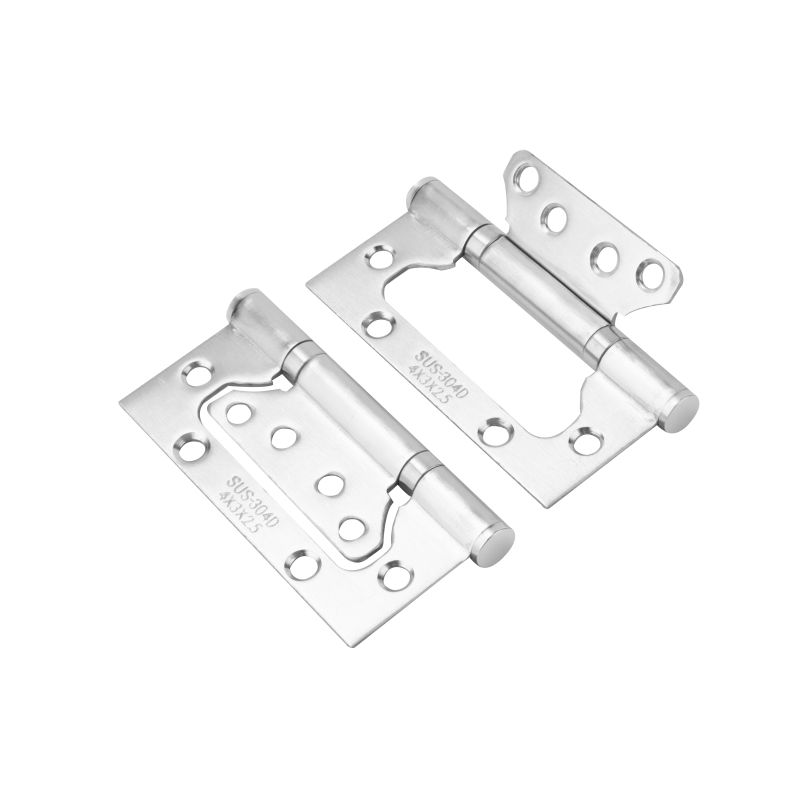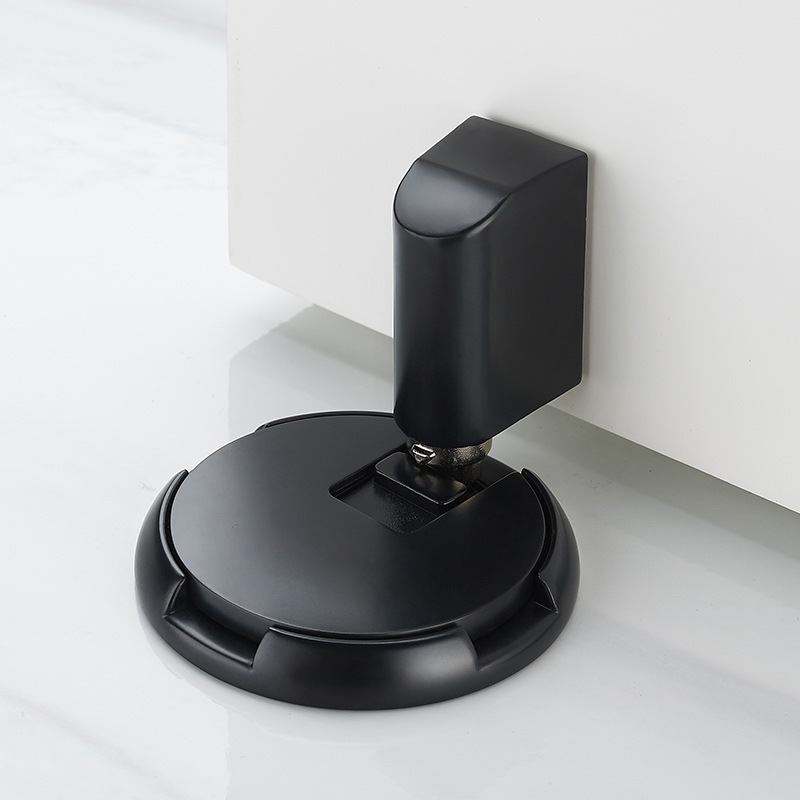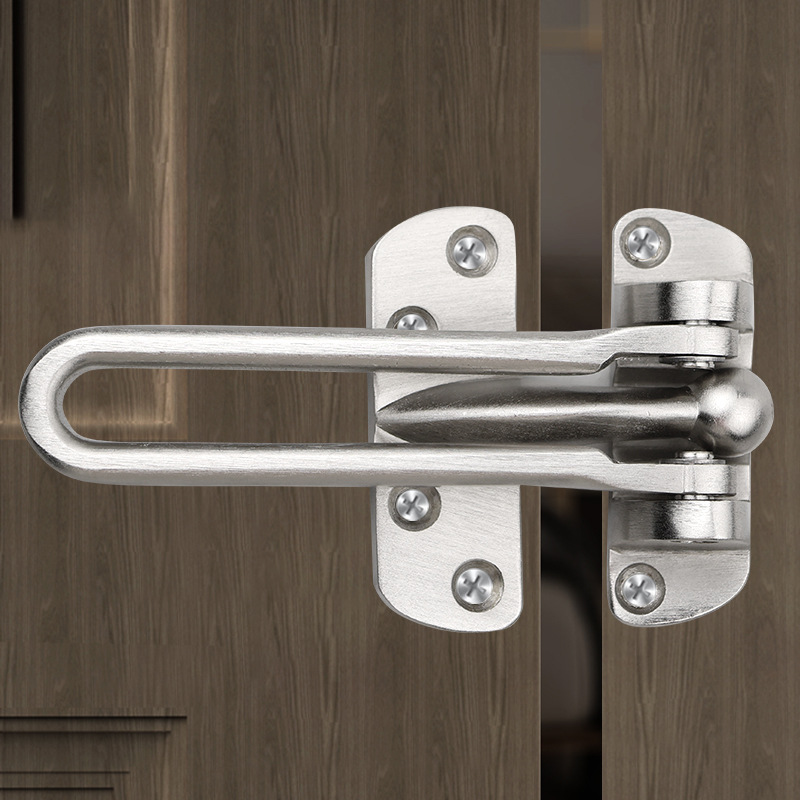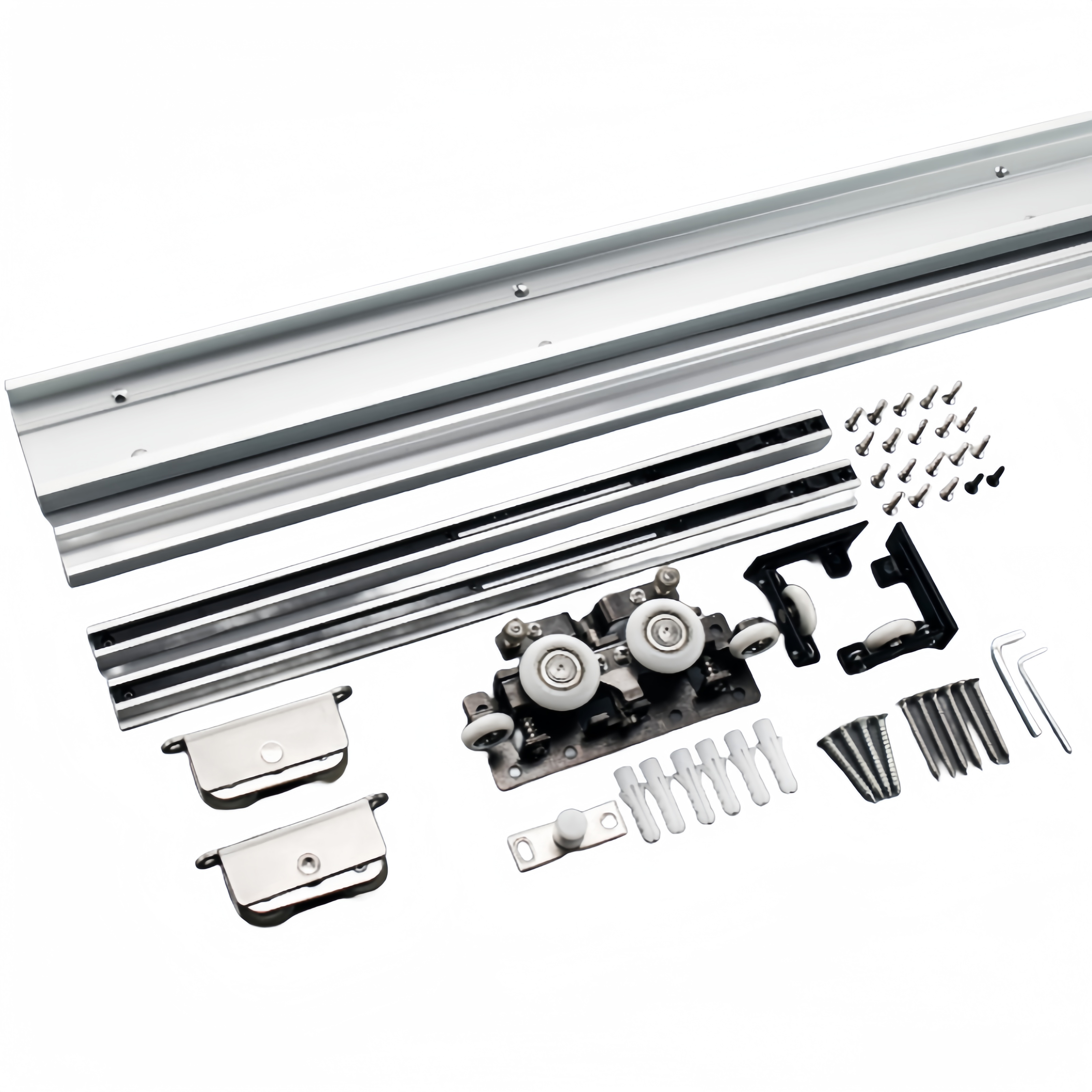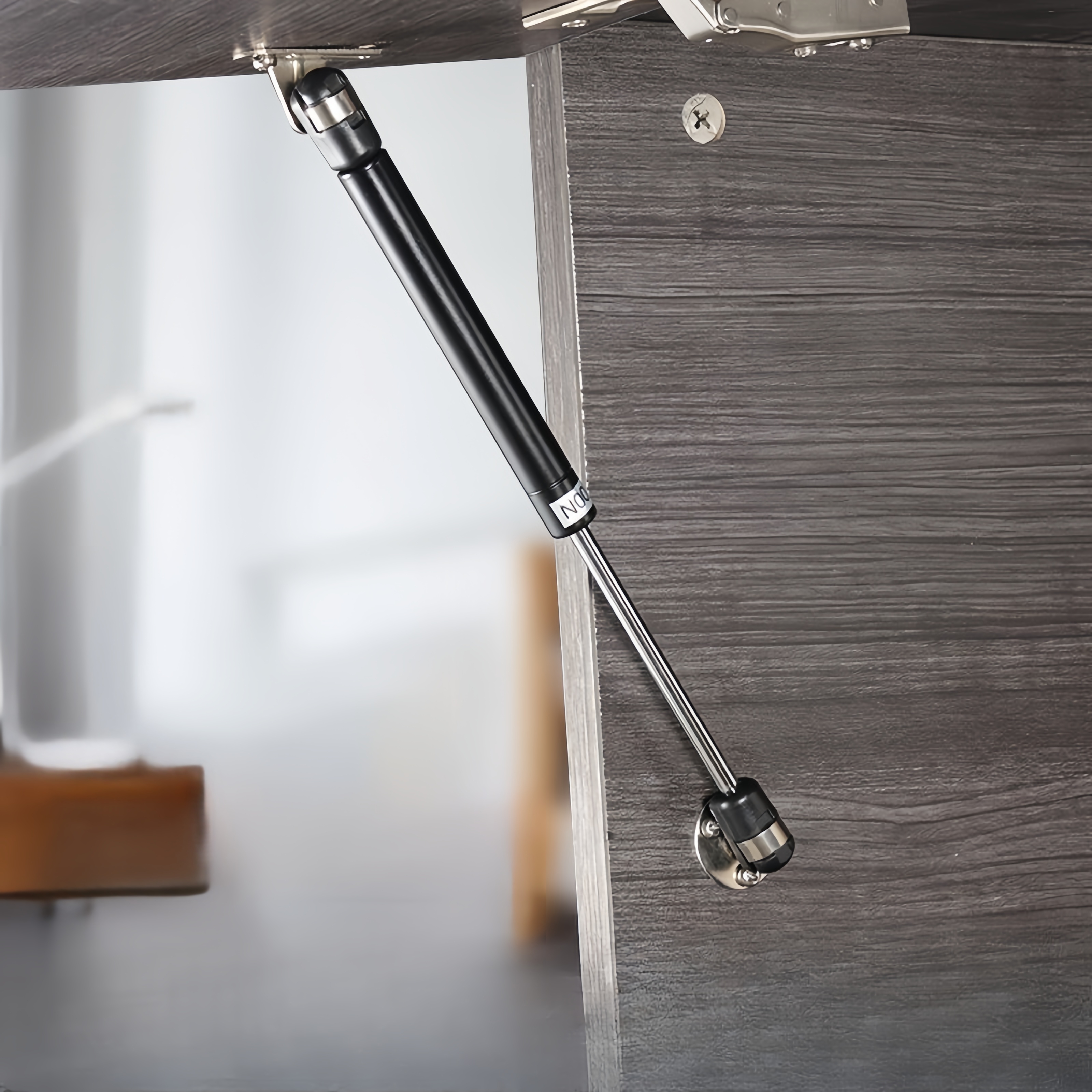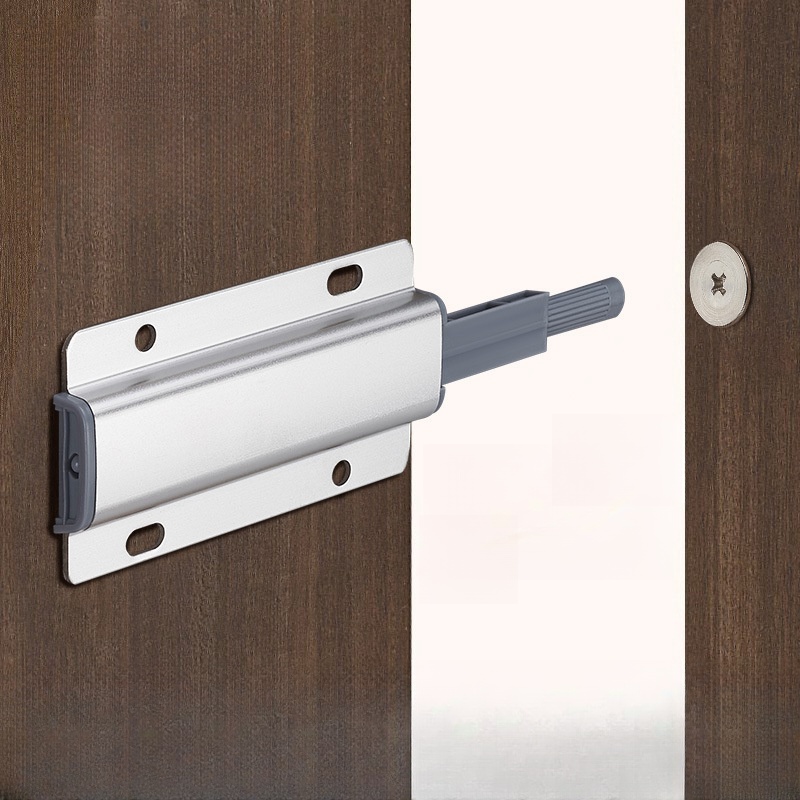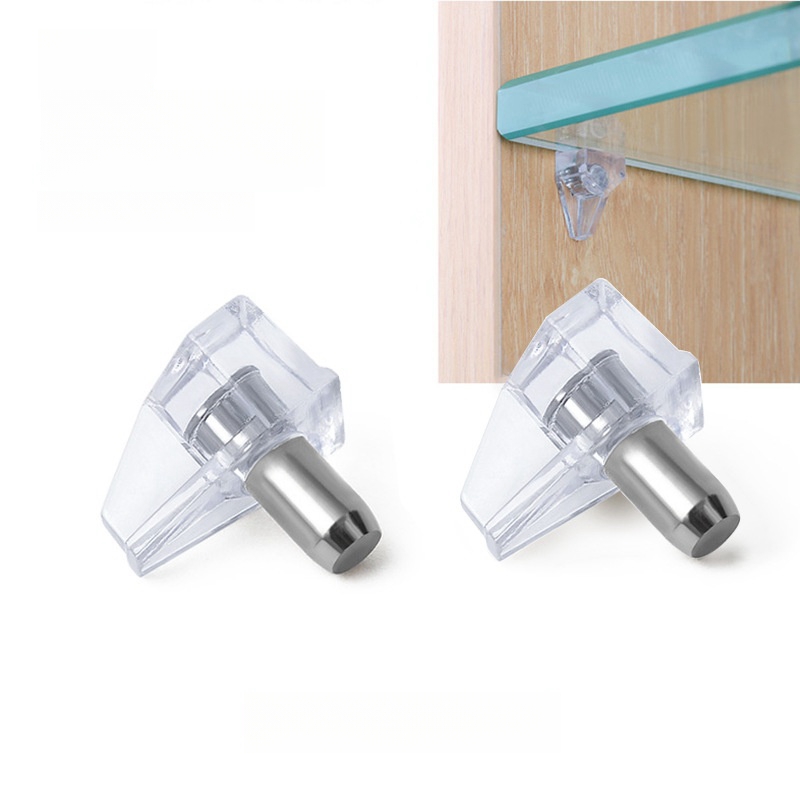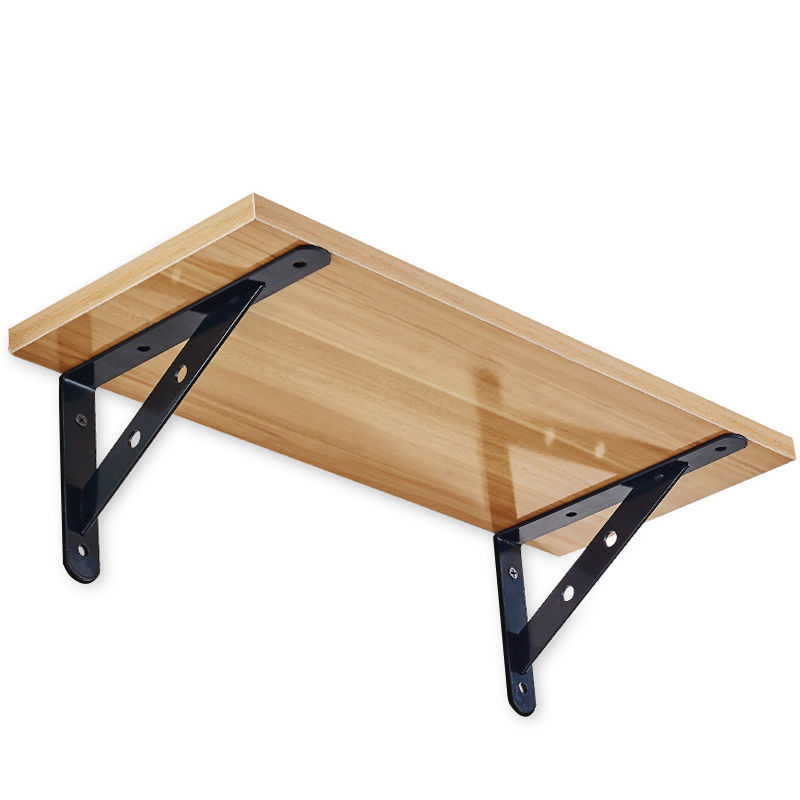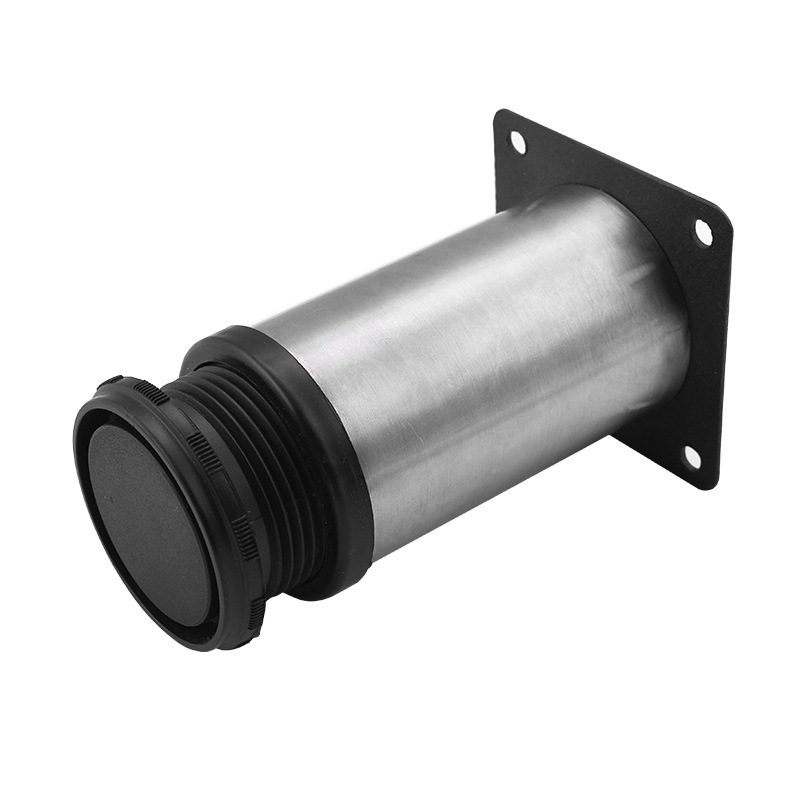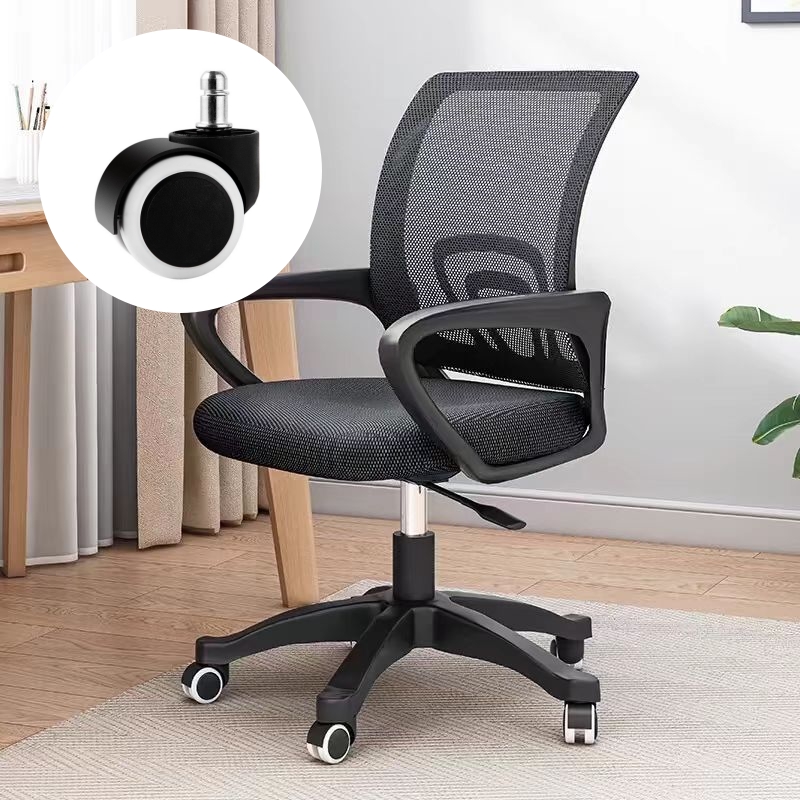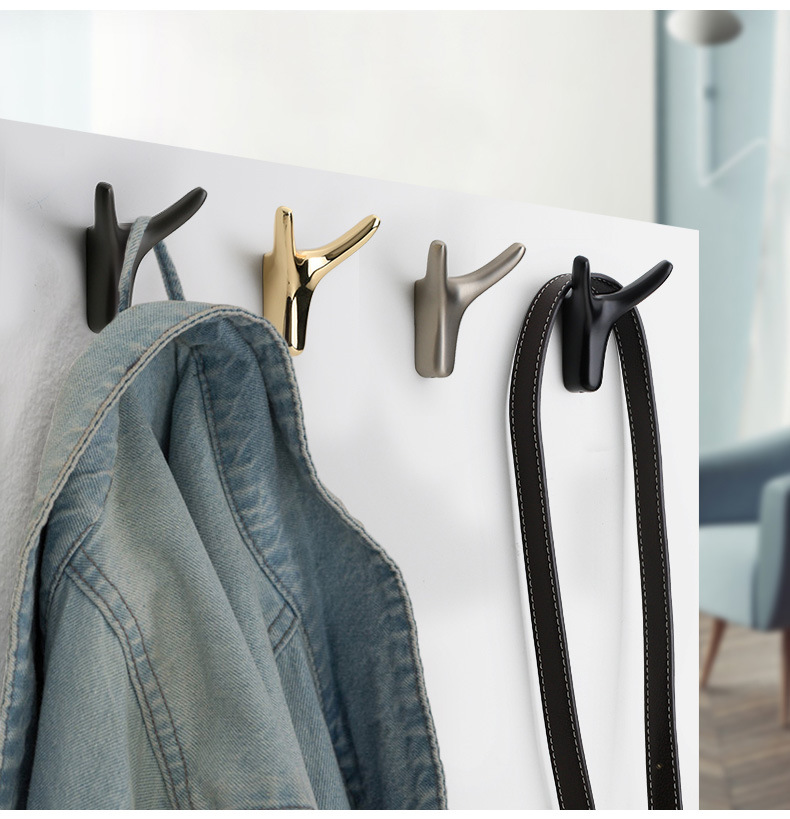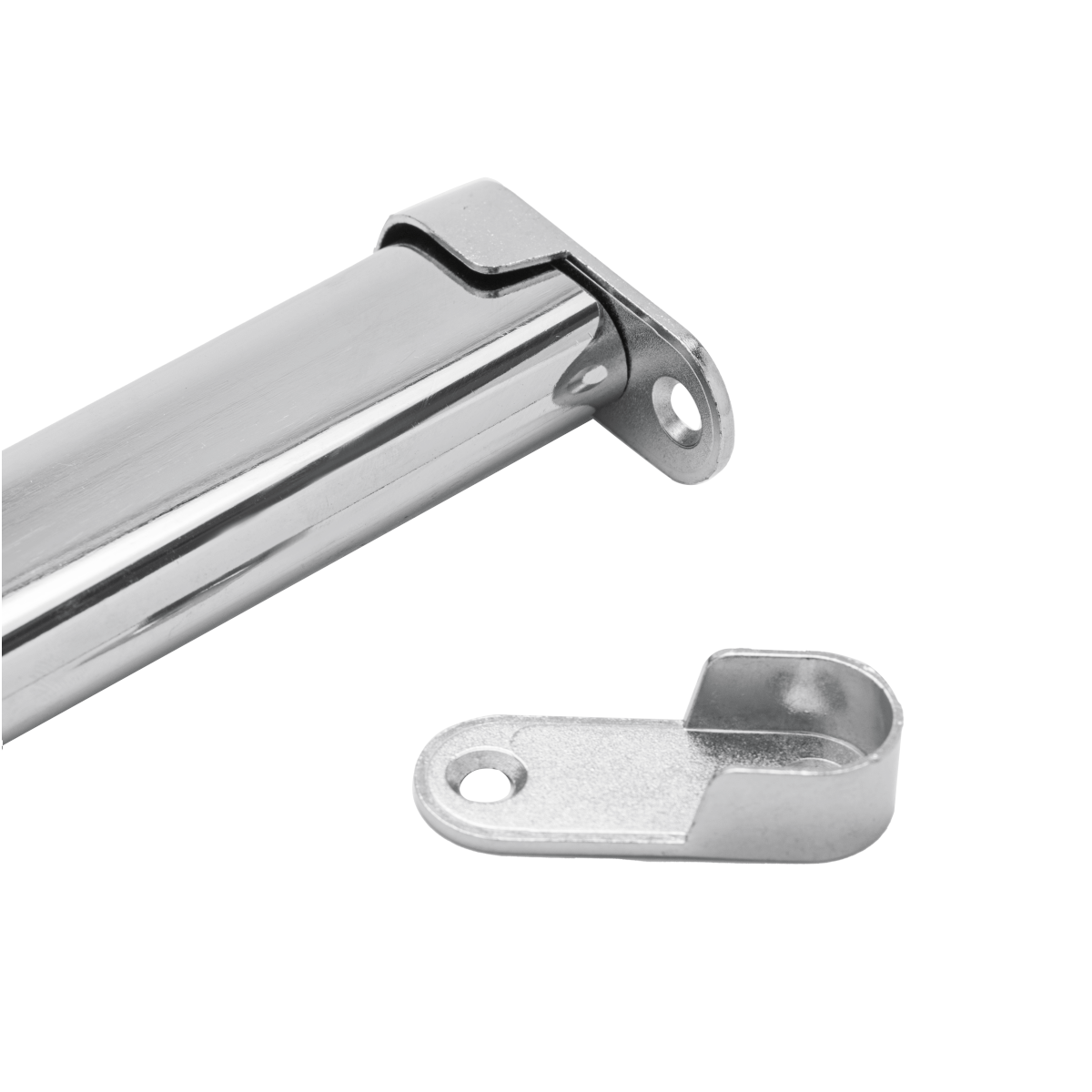
ABOUT
Guangzhou Toplink hardware Co., Ltd specialized in the production and export of furniture hardware fittings, with an experience of more than 14 years.
Our main products are drawer locks, cabinet hinges, sliding rails, cabinet handles, casters, cabinet legs and connecting fittings etc..
With a complete range of products, excellent performance and reasonable prices we have built up business with many customers all over the world.
We are committed to strict quality control and considerate customer service. We sincerely looking forward to becoming your best choice and the most reliable partner!
PRODUCTS
door lock hardware parts names
The Core Mechanism: The Lock Cylinder and its Components
The heart of any door lock is the cylinder, also known as the lock core or the keyway. This is the part where you insert your key. The cylinder contains a series of precisely engineered pins, plungers, and springs. When the correct key is inserted, these internal components align, allowing the cylinder to turn and unlock the door. Understanding the internal workings of the cylinder is crucial for troubleshooting lock problems and selecting replacement parts. A damaged cylinder often means replacing the entire unit, rather than attempting individual repairs.
Within the cylinder, you'll find the **shear line**, the point where the key's cuts interact with the pins. The **key pins** and **driver pins** work in tandem. The key pins are pushed up by the key's cuts, while the driver pins are held in place by springs. Correct alignment of these pins allows the cylinder to rotate. The **retaining rings** and **springs** hold all these components securely in place within the cylinder housing. The condition of these springs significantly impacts the smoothness and reliability of the lock's operation. A weak or broken spring can lead to difficulty turning the key or even lock failure.
The Exterior Hardware: Handles, Knobs, and Plates
The exterior hardware comprises the elements visible on both sides of the door. This includes the **doorknob** or **lever handle**, which provides the physical mechanism for operating the lock. These are available in a wide array of styles, materials, and finishes to suit different aesthetic preferences. The functionality, however, remains largely consistent: turning the knob or depressing the lever engages the locking mechanism.
The **strike plate** is the metal plate installed on the door frame, receiving the **bolt** (also called the latchbolt) when the door is closed. This plate has a hole that aligns with the bolt, securely holding the door closed. The **faceplate** is the decorative plate that covers the screws and provides a finished look. Different designs of faceplates can dramatically change the overall look of the door lock. The quality of the strike plate and faceplate can impact the longevity and security of the installation, with heavier-gauge metal being more durable and resistant to forced entry.
The Interior Hardware: Latchbolt, Deadbolt, and Related Components
Inside the door, the key components include the **latchbolt** and the **deadbolt**. The latchbolt is a spring-loaded bolt that extends when the door is closed, retracting when the handle is turned or lever is depressed. This bolt provides basic security and keeps the door closed. The deadbolt, on the other hand, is a more substantial bolt that requires a key to retract. It provides much stronger security than the latchbolt alone.
The **throw** of both the latchbolt and the deadbolt refers to the distance that the bolt extends into the strike plate. A longer throw often indicates a more secure lock. The **bolt assembly** includes the bolt itself, along with the internal mechanisms that control its extension and retraction. These components are subject to wear and tear, particularly in high-traffic areas, necessitating periodic inspection and replacement if necessary. Regular lubrication can prolong the lifespan of the bolt assembly.
Other Important Components: Screws, Spindles, and More
Several other smaller components contribute to the overall functionality of the door lock. The **screws** used to secure the lock to the door and the strike plate to the door frame are critical for a secure installation. Using the correct length and type of screws is essential to avoid damage to the door or the lock mechanism.
The **spindle** connects the interior and exterior hardware, allowing the operation of the locking mechanism from both sides of the door. The **thumb turn**, often found on interior doors, allows for easy unlocking from the inside without a key. Understanding the function of each component helps in identifying the cause of malfunctions and ensures efficient repairs or replacements.
Choosing the Right Parts: Materials and Security Levels
The material of the various parts significantly influences the lock's durability and resistance to forced entry. Solid brass or stainless steel components are generally more durable and resistant to corrosion than cheaper alternatives. Furthermore, understanding different security grades and certifications (like ANSI grades) helps in selecting a lock appropriate for the level of security required.
Knowing the names of individual parts allows for accurate communication with locksmiths or hardware suppliers, ensuring that you receive the correct replacements and avoiding costly mistakes. A comprehensive understanding of the lock's components empowers you to maintain, repair, and upgrade your door locks effectively, thus enhancing the security of your home or business.
SUBSCRIBE
INQUIRY
